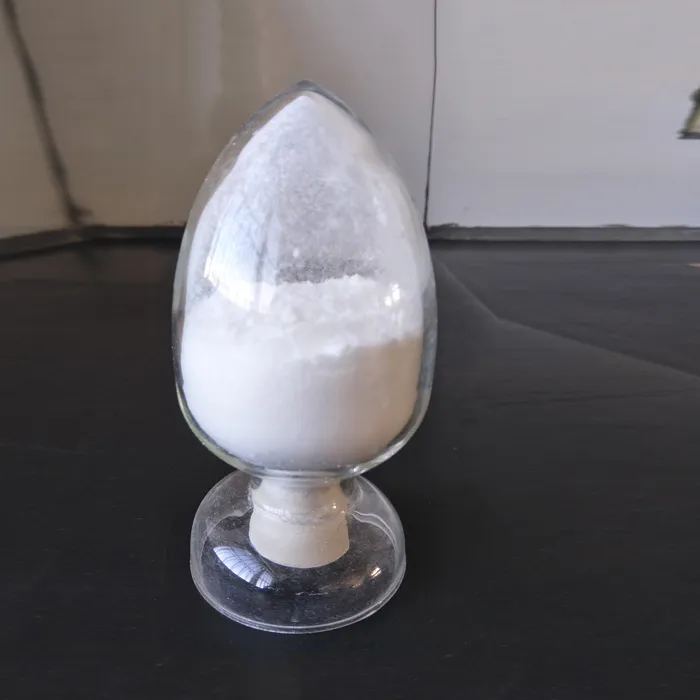Understanding Plastic Additives A Comprehensive Guide
Plastics play an essential role in our daily lives, found in everything from packaging to construction materials. However, their versatility largely comes from the various additives that are blended with raw plastic polymers. These additives provide enhanced properties and performance, making plastics more functional and versatile. In this article, we will explore the various categories and functions of plastic additives, shedding light on why they are crucial in the plastic manufacturing process.
What are Plastic Additives?
Plastic additives are chemical substances that are added to plastic formulations to modify their physical and chemical properties. They can improve characteristics such as durability, flexibility, color, stability, and resistance to heat and UV light. The right combination of additives can substantially enhance the utility of plastics, allowing them to suit specific applications.
Categories of Plastic Additives
Plastic additives can be divided into several categories based on their functions
1. Stabilizers These additives help improve the thermal and UV stability of plastics, preventing degradation when exposed to heat and sunlight. Common stabilizers include antioxidants, ultraviolet (UV) absorbers, and heat stabilizers. For example, hindered amine light stabilizers (HALS) are often used in outdoor applications to prevent color fading and brittleness.
2. Plasticizers Plasticizers are added to increase the flexibility and workability of plastics, particularly polyvinyl chloride (PVC). They reduce the stiffness of the polymer, allowing it to bend and stretch without breaking. Common plasticizers include phthalates, adipates, and citrates. The choice of plasticizer can significantly affect the performance and application of the end product.
3. Fillers Fillers are used to improve the mechanical strength, durability, and cost-effectiveness of plastics. They can also enhance specific properties, such as thermal conductivity or electrical insulation. Examples of common fillers include talc, calcium carbonate, and silica. Fillers can make the plastic more rigid and less expensive, making them popular in various applications.
plastic additives list

4. Colorants Colorants such as pigments and dyes are added to provide plastics with specific colors. They can also enhance aesthetic qualities and allow for better branding. The choice of colorant depends on factors like compatibility with the polymer and the intended end-use. Non-toxic and environmentally friendly colorants are increasingly being utilized to meet modern consumer demands.
5. Antioxidants These additives prevent the degradation of polymers due to oxidative reactions, which can occur during processing and end-use. Antioxidants help extend the lifespan of plastic products, making them crucial for applications that require durability. Common antioxidants include hindered phenols and phosphites.
6. Flame Retardants To prevent fire hazards, flame retardants are incorporated into plastic products, especially those used in electrical appliances, textiles, and building materials. They work by either promoting char formation or inhibiting combustion. Some commonly used flame retardants include halogenated compounds, phosphorus-based additives, and non-halogenated types for more environmentally friendly options.
7. Processing Aids These additives improve the processing characteristics of plastics, facilitating easier molding and extrusion. They can reduce friction and enhance flow during manufacturing. Processing aids such as waxes or slip agents are often employed to optimize production efficiency.
The Importance of Plastic Additives
The use of plastic additives is not merely a matter of choice; it is essential for the functionality and performance of plastic products across numerous sectors. The automotive, construction, medical, and packaging industries rely heavily on these additives to meet specific regulatory requirements, performance standards, and customer expectations.
Moreover, as environmental concerns continue to grow, the industry is increasingly aware of the impact of additives on sustainability. Biodegradable additives and bio-based plasticizers are being developed to minimize the ecological footprint of plastic products, appealing to environmentally conscious consumers and companies.
Conclusion
The myriad of plastic additives available plays a crucial role in enhancing the performance and utility of plastic materials. Understanding the functions of these additives can help manufacturers optimize their formulations, ensuring that the final products meet desired standards and consumer needs. As innovation in plastic technology continues, so will the development of more sophisticated additives that support sustainability and improved performance. The ongoing evolution of plastic additives promises exciting advancements in the future of plastic applications.

